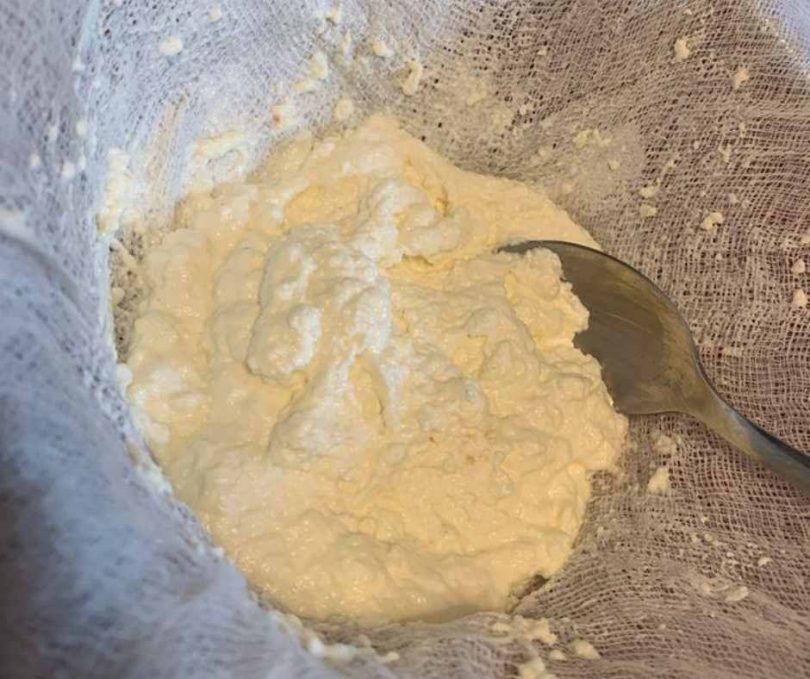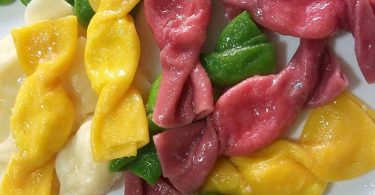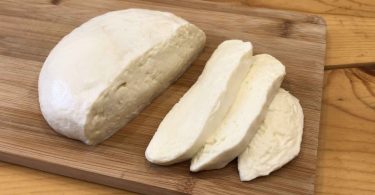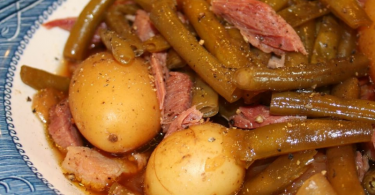Did you know you could MAKE rich and creamy ricotta cheese in less than an hour? I shares the easy technique behind making restaurant worthy ricotta at home.
Recommended Equipment
- Cheesecloth
- Instant Read Thermometer
- Fine-mesh Strainer
- Heavy Bottomed Pot
- Wood Spoon
HOW TO MAKE RICOTTA CHEESE
Total Time : ,
Servings :8.
Ingredients
- 4 c. organic whole milk, non-ultra pasteurized
- 1 tsp kosher salt, plus more for sprinkling
- 2 tbsp distilled white vinegar
Instructions
- Place several layers of cheesecloth over a fine-mesh strainer, and then nest the strainer over a mixing bowl.
- Pour the milk into a heavy bottomed pot over medium high heat and affix a thermometer to the side of the pot. Heat the milk, stirring occasionally to prevent burning, until the temperature reaches 170°F, 7-8 minutes.
- Remove the pot from heat, then add the salt and white vinegar to the milk. Stir gently until soft curds form and completely separate from the whey, 1-2 minutes.
- Strain the curds into the cheesecloth lined mesh strainer and then gently stir the curds with a wooden spoon until the most of the whey has drained from the curds. You may need to dump the excess whey from the mixing bowl if it becomes too full. Continue to gently stir the cheese until it reaches the desired consistency (see Notes).
- Scrap the ricotta from the cheesecloth into a bowl, taste for seasoning, and sprinkle in extra salt as desired. If the ricotta is too thick, stir in additional whey, a teaspoon at a time, until the desired consistency is reached. Serve warm immediately, or transfer to a lidded container and store in the fridge for up to 5 days. Makes about a cup.
Notes
- Do not use ultra-pasteurized milk, as it will not curdle.
Notes on temperature:The trick to getting ricotta just right is heating the milk to the right temperature. Too hot and you’ll end up with harder curds better suited to a paneer-type cheese. Too cool and your curdles will be too soft or small. Aim for 170-175°F and use a digital thermometer for accuracy.






